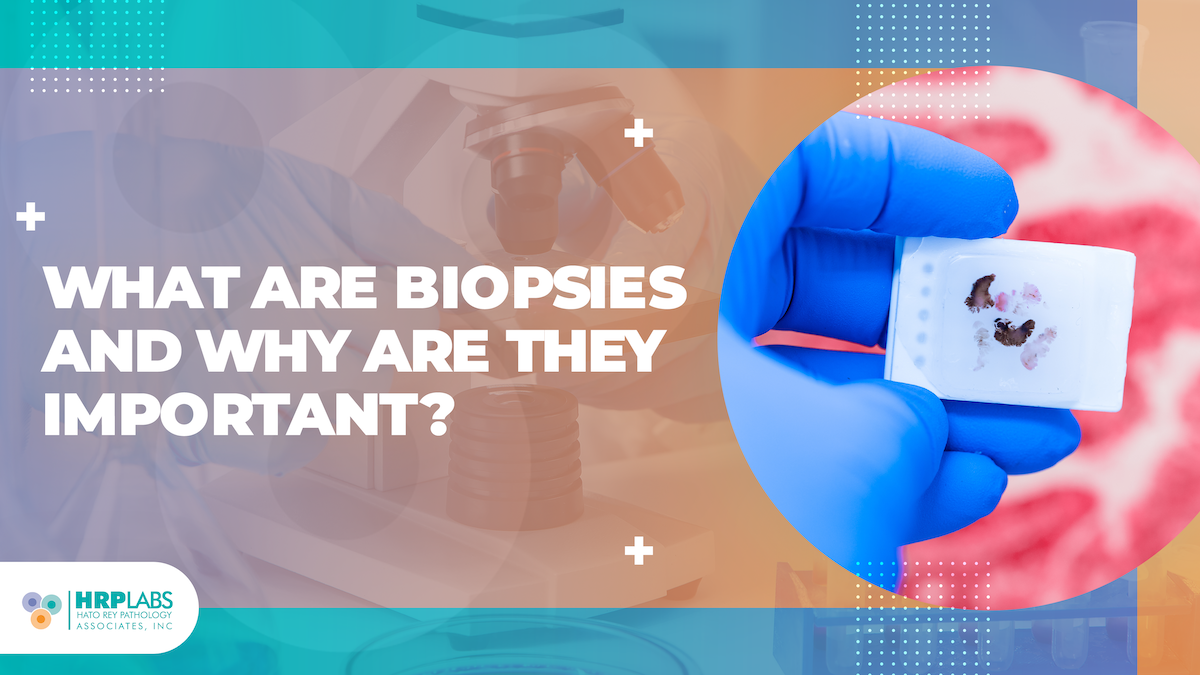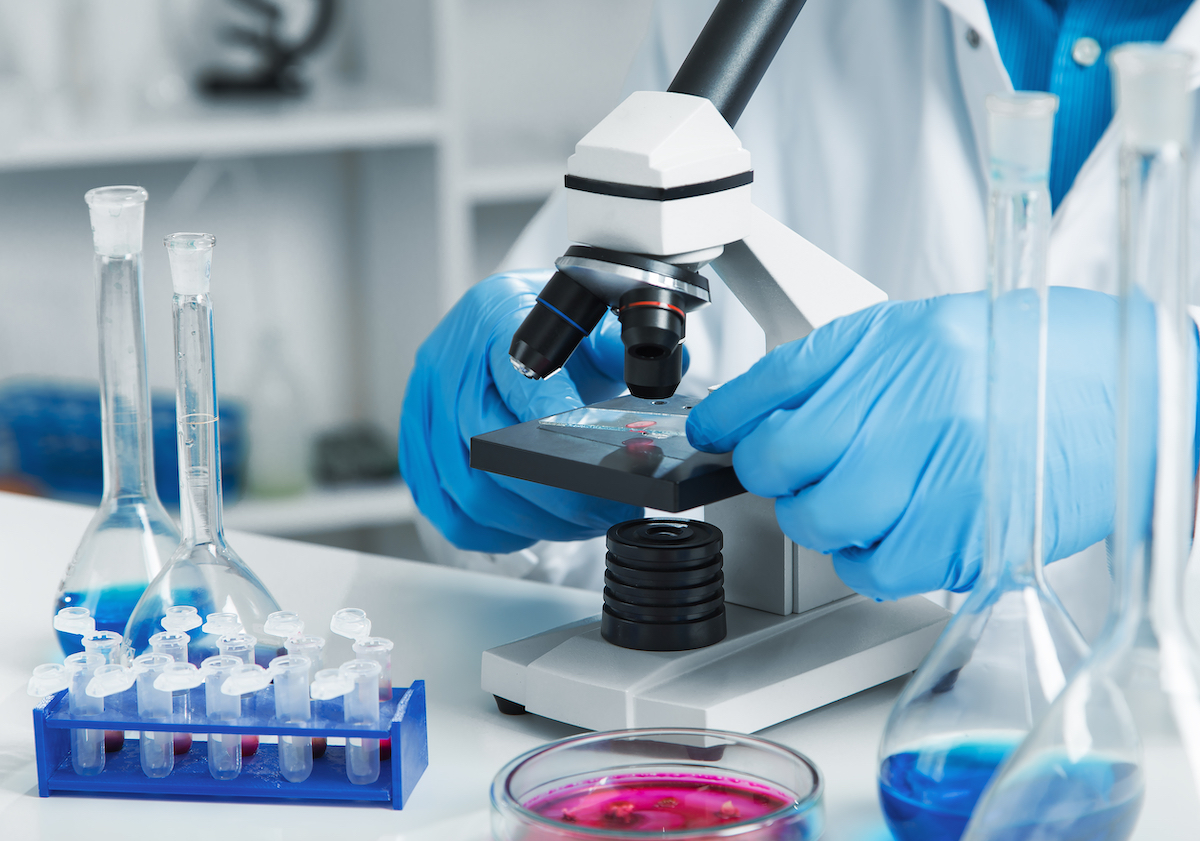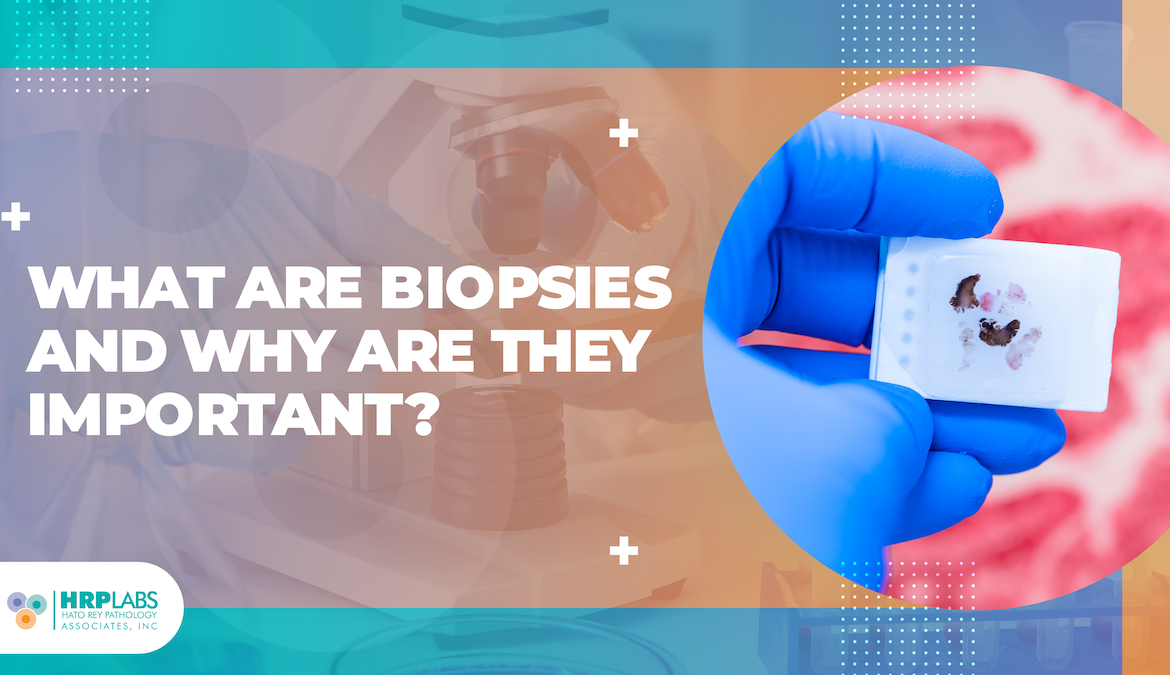
The biopsy is a fundamental procedure in the field of pathology. It allows us to better understand the mysteries of the human body and the detection of diseases and medical conditions. In this blog, we will explain biopsies, explore how the procedure is performed, and highlight the importance of this process in medical diagnosis.
What are biopsies?
A biopsy is a medical procedure in which tissue samples are removed for examination and diagnosis. There are different types of biopsies, including incisional biopsies, excisional biopsies, and needle biopsies, which include fine needle biopsies (FNA). Each is an essential tool for understanding disease, identifying tumors, assessing the presence of infection, and determining tissue health.
These samples provide pathologists with valuable information about the tissues examined. Through microscopic observation and, in some cases, molecular testing, pathologists can make accurate diagnoses that are critical to the proper treatment of medical conditions.
The biopsy procedure in brief
- Patient Preparation:
Prior to the procedure, the patient is informed about the process, and consent is obtained. In some cases, it may be necessary to perform previous studies to guide the sample collection.
- Local Anesthesia:
In many cases, local anesthesia is used to numb the area where the sample will be taken. This ensures that the patient does not feel discomfort during the procedure.
- Sample Collection:
With the patient prepared, the tissue or cell sample is taken. This can be done through a small surgical incision or through cell aspiration with a fine needle.

- Laboratory processing:
Once the specimen is obtained, it is sent to the pathology laboratory for processing. Here, professional laboratory technicians receive the sample, verify that all the information is correct and go on to make an anatomical description of that tissue.
After recording this detailed description, the sample is processed and placed inside a kerosene block. Once processed, the histotechnologists will make fine cuts with the use of a microtome and the best cut will be placed on a glass slide that will undergo specific staining so that the pathologist can finally examine it.
- Results Report:
Finally, a detailed report describing the pathologist’s observations is generated. This report is crucial for the treating physician, as it will guide decisions about treatment and management of the patient’s condition.
The importance of biopsies
From early identification of disease to evaluation of response to treatment, biopsies are an invaluable tool in the arsenal of healthcare professionals. These procedures, performed with care and precision, are an essential part of pathology practice, contributing to the continued advancement of modern medicine and the well-being of patients.
For appointments and information, contact us at (787) 723-2333. E-mail: servicioalcliente2@hrplabs.com.

